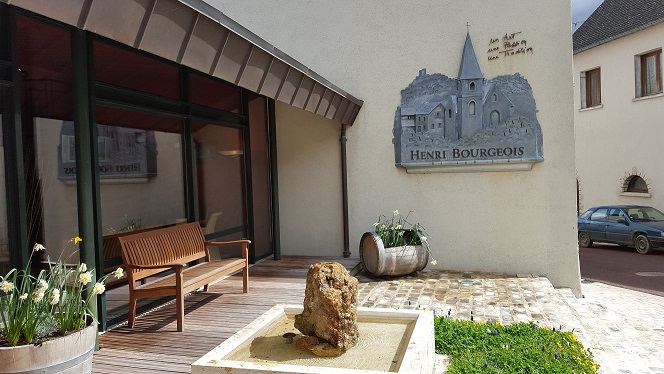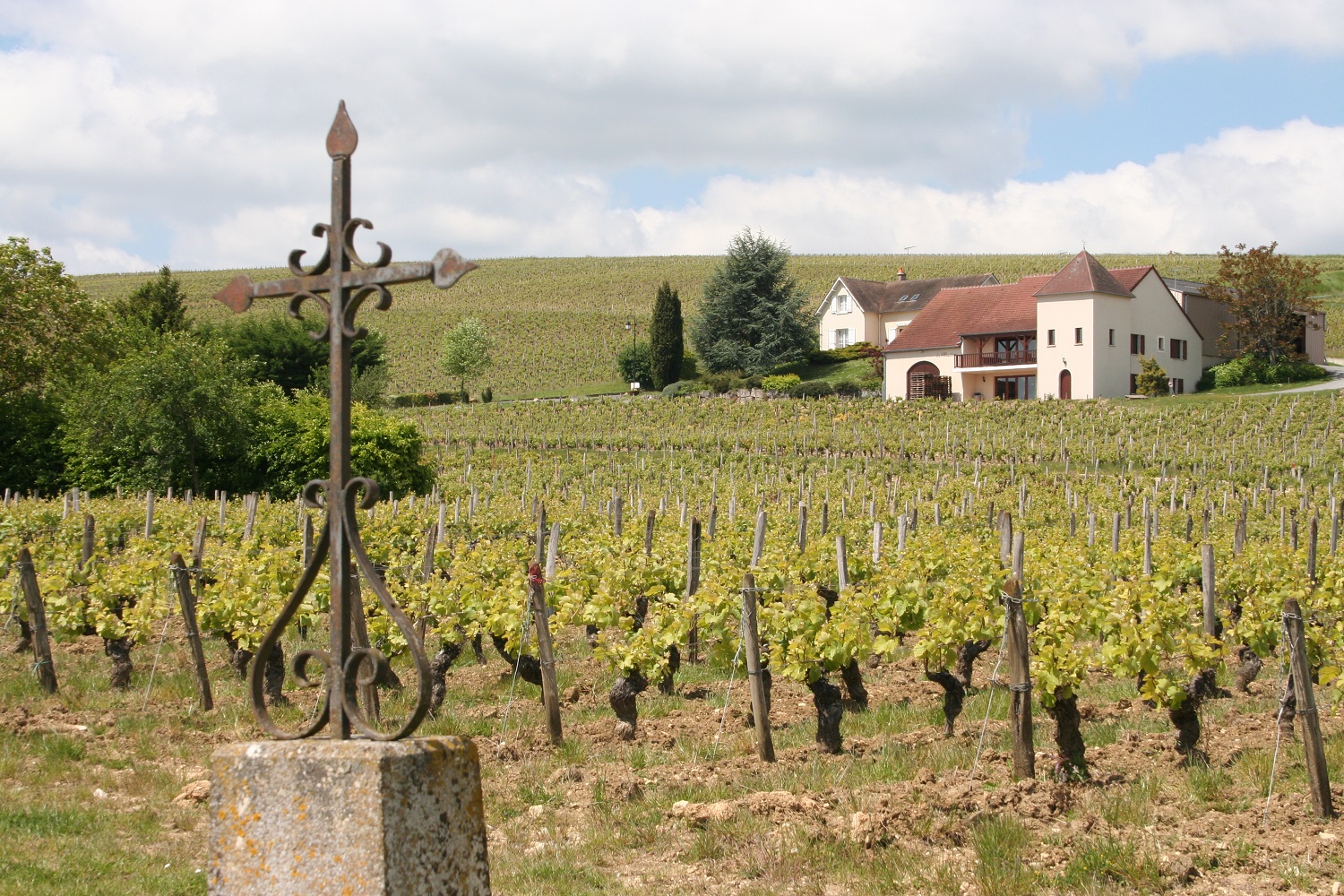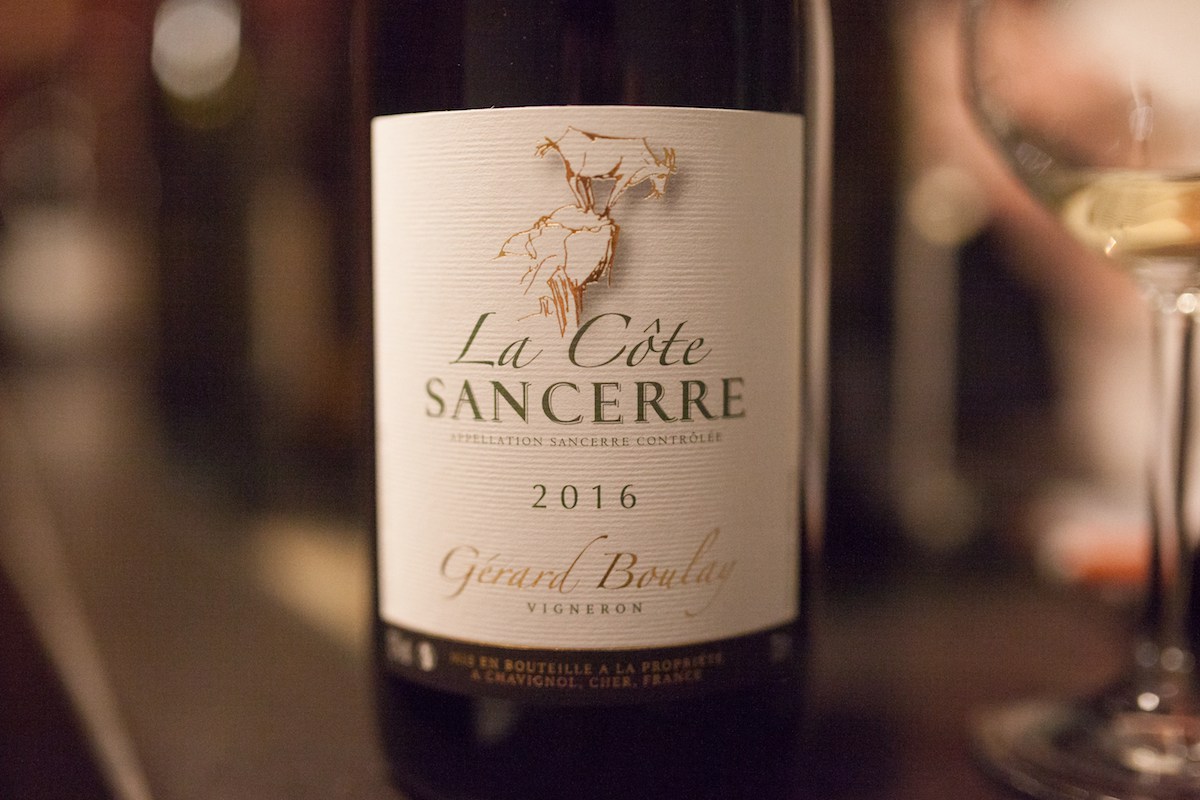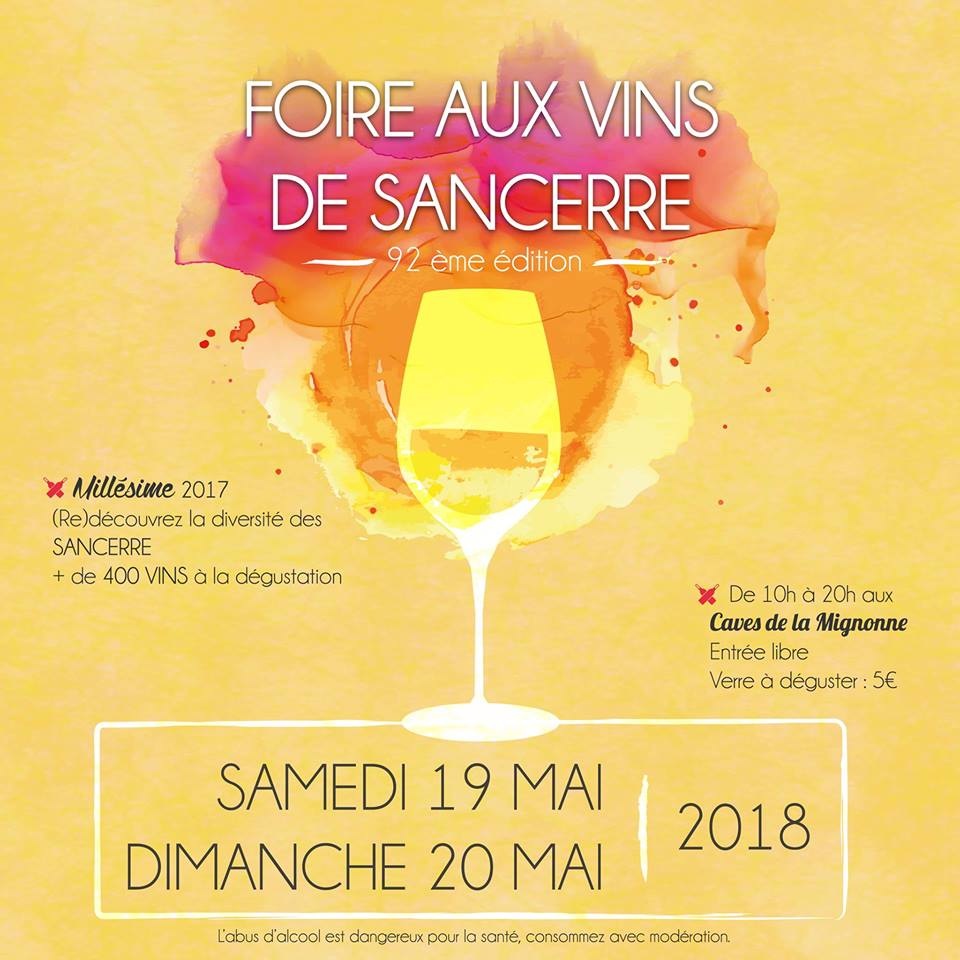A Guide to wines of the Loire Valley
Selected Loire Valley wines
Wine appellations of the Loire Valley
Selected Loire Valley wines


Sancerre wines have been appreciated since Roman times and king Philip Augustust had them included in the famous wine tasting of 1224, the Battle of the Wines. Today, AOC Sancerre wines are widely known and highly rated around the world.

Location: 14 villages of the Cher département, located on the left bank of the Loire, north-east of the city of Bourges.
Vineyards: Sancerre wine is produced in Bannay, Bué, Crézancy, Menetou-Râtel, Ménétréol, Montigny, Saint-Satur, Sainte-Gemme, Sancerre (including Amigny and Chavignol), Sury-en-Vaux (including Maimbray), Thauvenay, Veaugues, Verdigny and Vinon. The wines of Bué, Chavignol, Ménétréol-sous-Sancerre and Verdigny are particularly renown.
Surface Area: 2,820 hectares / 6,970 acres
Yeild: 65 hl/ha for white wines, 63 hl/ha for rosé, 50 hl/ha for reds.
Soil: Most vineyards planted on the hills around Sancerre are on south facing slopes at altitudes between 200–400 meters. The soils can be roughly classified into three categories: The far western reaches heading towards Menetou-Salon have "white" soils with clay and limestone with Kimmeridgian marl around the village of Chavignol. Heading closer to the town of Sancerre the soil picks up more gravel mixed with the limestone. Around Sancerre itself the soil includes deposits of flint (silex).
Climate: Sancerre is more than 480 kilometers (300 miles) from the Atlantic Coast giving this region more of a continental climate than typical of the rest of the Loire Valley, with short, hot summers and long, cold winters that may extend the threat of frost damage into early spring. The Loire river is also a factor, moderating the climate.


Annual Production: Approximately 170,000 hl / 37,400 gallons, mostly white but including 22,000hl of red and 12,000hl rosé wines.
Grape Varieties: White: Sauvignon blanc. Red and Rosé: Pinot noir.
White Appearance: pale or stronger yellow. Nose: Can be highly perfumed, especially around Chavignol. Ornage, gratefruit and lemon scented, with hints of Acacia flower and mint. Varies with soil type. Flavours: Orange and orange flower, quince, blackcurrent, mint, honey and spices, depending on vine location. Gravel/limestone soils produce the most elegent and light wines, highly mineral on flint, while clay/limestone wines take longer to develope.
Red Appearance: Ruby red. Nose: Ripe cherry and meaty notes. Woody if barrel aged. Flavours: Softly tannic, cherry and violet.
Rosé Appearance: Light pink. Nose: Peach. Flavours: fruity and fresh
Serving suggestions white wines Temperature: 8-12°C Dishes: goats cheese, shell fish, fish in sauce. Own its own!
Serving suggestions red wines Temperature: 13-14°C Dishes: red meat, stuffed Carp, Berry lentils with oxtail.
Serving suggestions rosé wines Temperature: 8-12°C Dishes: poulty in sauce, Asian food, apple tart.
Storage White: drink young and fresh, 2-3 years. Red: 2-3 years, longer if oak aged and up to ten in good vintages. Rosé: 2 years.
The Loire Valley produces wine in a wide range of colours and styles. Our tours give you a unique opportunity to taste these wines, look at the production facilities and often meet the owners. As enthusiasts ourselves, we make a point of seeking out the best.